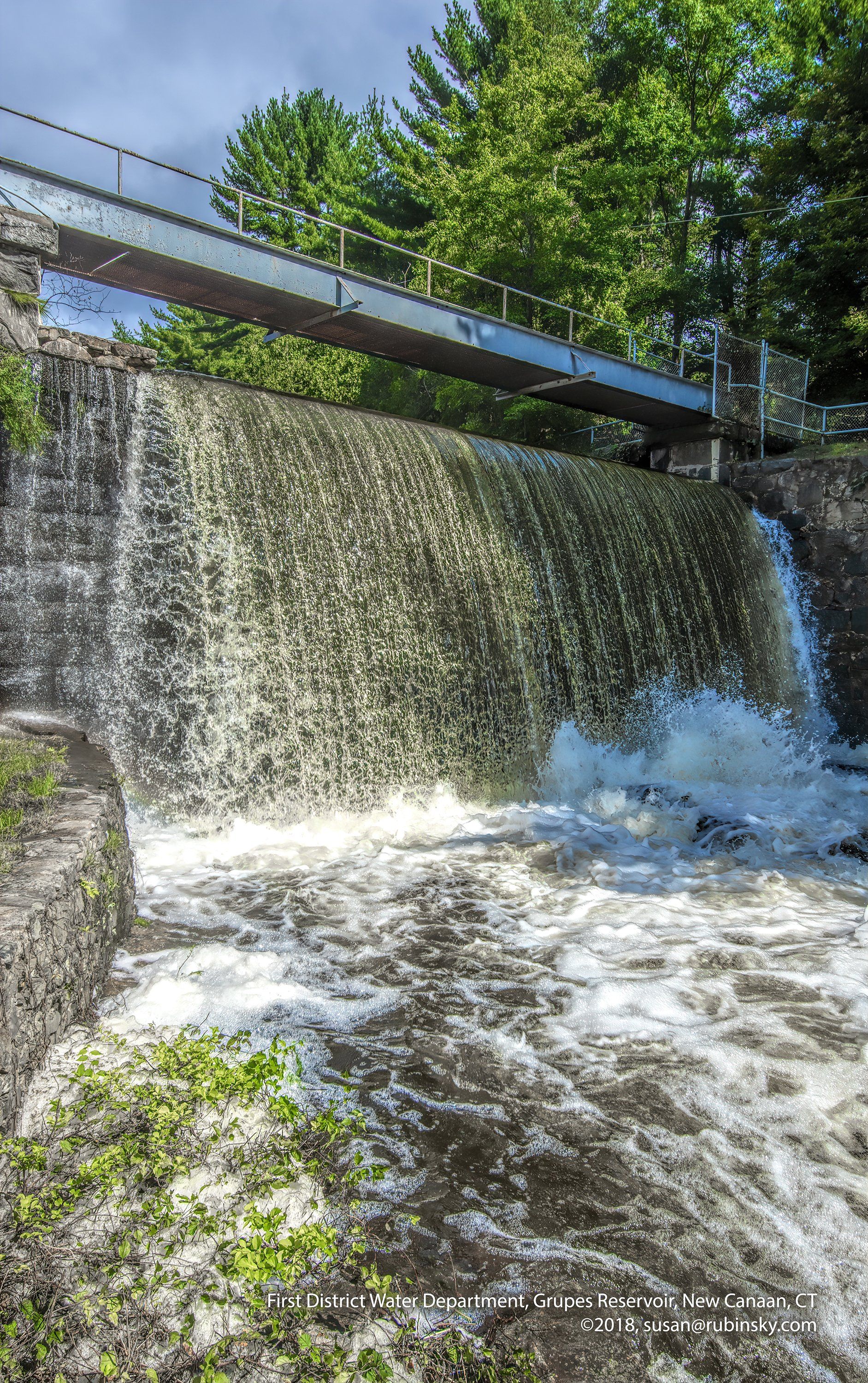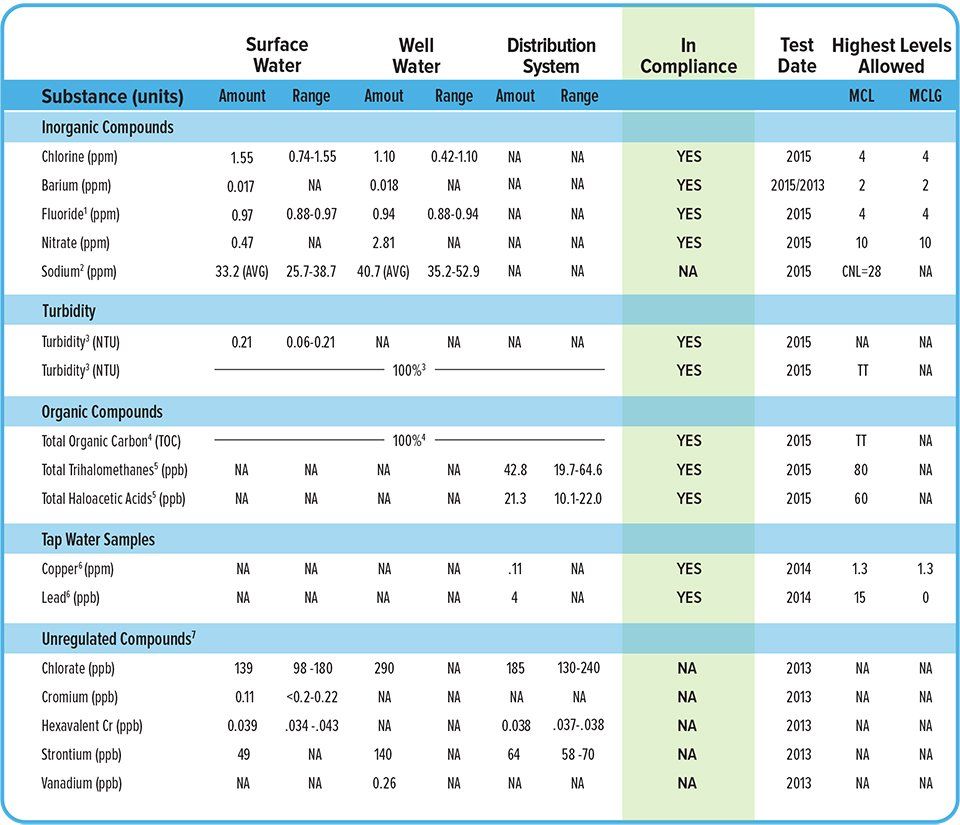Report an Emergency: 203-847-7387
2015 Water Quality Report
Letter to Our Customers
Dear Customer:
Frank N. Zullo, Esq. ChairmanCommissioners, First Taxing District
2015 Water Sampling
Footnotes
Acronyms and Definitions
Compound Sources
Request
More Information
About Our Water
How Our Water Is Treated and Purified

Water Conservation & Assessment
Conserve Water, Save Money
Indoors
- Repair faucet and toilet leaks
- Take shorter showers and shut off water while shaving or brushing teeth
- Replace old fixtures with new water saving devices
- Keep water for drinking in the refrigerator
- Run dishwasher and washing machine only when full
Outdoors
- Water the lawn and garden in the early morning to avoid evaporation
- Check that sprinklers don’t leak and that they water the lawn and not the pavement
- Use mulch around plants and shrubs to reduce evaporation
Source Water Assessment
A source water assessment performed by the State of Connecticut Department of Public Health indicated that the surface water source has a moderate susceptibility and the groundwater source a high susceptibility to potential sources of contamination. This does not imply poor water quality but does indicate the need for protection. The completed assessment report can be found on the Department of Public Health website.
Additional source water assessment information can be found at the Environmental Protection Agency website at: www.epa.gov/sourcewaterprotection



